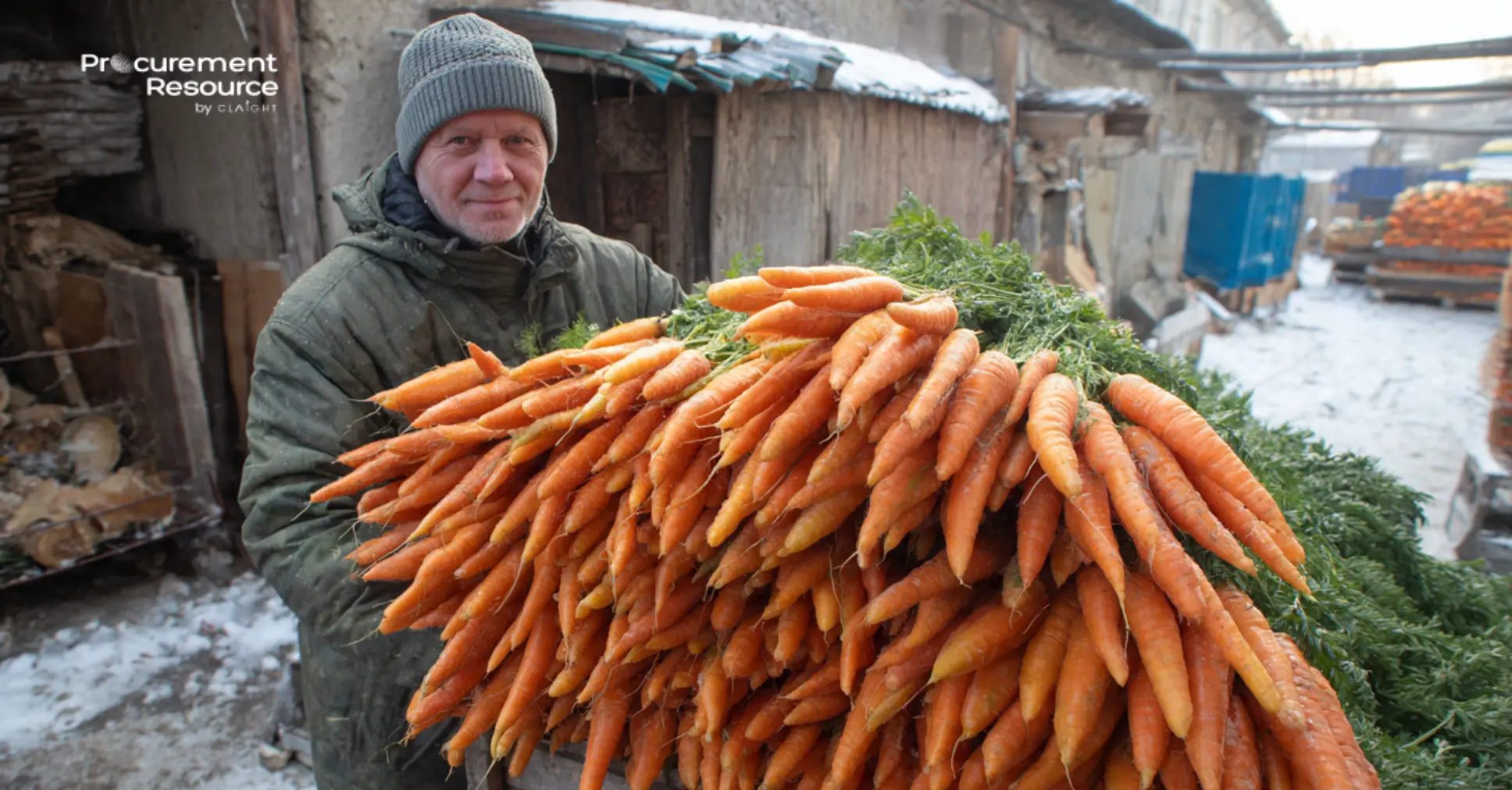Tomato prices in India have been decreasing recently as favourable rainfall triggers oversupply
.webp)
- A significant and sustained drop in tomato prices has been driven by an oversupply of rain-damaged crops arriving on the market.
- Persistent heavy rainfall in key production zones has not only compromised the quality of the current harvest but is also expected to delay new planting activities.
- A notable disconnect exists between plunging wholesale prices and stubbornly high retail costs, preventing consumers from realizing the full benefit of the downturn.
- Farmers are facing severe financial strain as current market prices are reported to be insufficient to cover even the fundamental costs of transportation and production.
- Market observers anticipate a price reversal in the coming weeks, stemming from the combined effect of clearing existing damaged stocks and a looming supply gap before the next harvest.
A sustained decline in tomato prices has been observed in recent weeks, coinciding with seasonal festivities. This trend is largely attributed to persistent and heavy rainfall across key growing regions, which has damaged crops and significantly reduced returns for farmers. Reports from the agricultural community indicate that the prevailing market rates are failing to cover even basic transportation expenses, creating a financially challenging environment.
Read More About Tomato Production Cost Reports - Request Free Sample Copy in PDF
Despite the sharp fall in wholesale prices, the benefit has not been fully transferred to the end consumer at the retail level. From a market perspective, it is suggested that a price recovery may be expected in the coming weeks. This anticipated shift is predicated on the clearance of the current rain-affected harvest and a projected delay in new sowing activities due to an extended monsoon season.
The situation is further complicated by the reported difficulty in sourcing quality produce from other states, as many tomato-growing areas are facing similar weather-related challenges. This is expected to lead to a shortfall in supply in the near term until new crops can reach the market.
The quality of arriving produce has also been noted as a concern, with retailers reportedly having to account for a higher degree of damage. The price volatility is seen as a major point of distress for growers, who invested heavily expecting favourable returns and are now struggling to recoup their costs. In light of this, a view has been expressed that government intervention to regulate retail pricing during such crises could help balance the interests of both consumers and farmers.


.webp)
